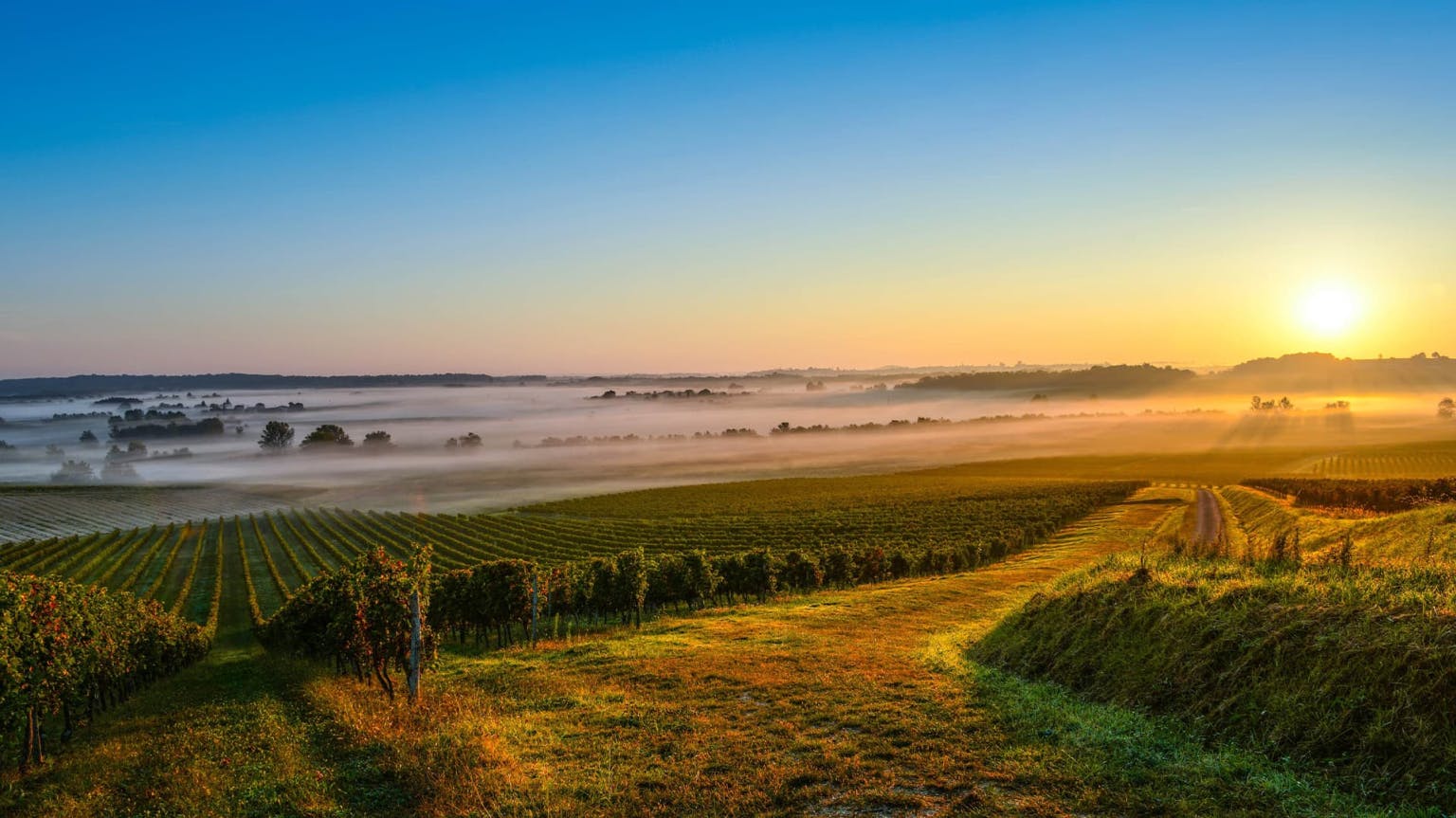When the Bordeaux Chamber of Commerce ranked Bordeaux’s leading estates by price for the Exposition Universelle in Paris in 1855, I doubt they anticipated we’d still be using it over 150 years later. Napoleon III had asked the team to put together an exhibition for the world fair, and the Chamber of Commerce neatly passed the buck to the region’s courtiers or brokers, asking them to create a list of the region’s best wines, broken into five tiers. They did so in just two weeks, basing the list almost exclusively on price.
The original classification ranked 58 properties, from First to Fifth Growth, or Premier to Cinquième Cru Classé (with Cru Classé literally translating as “classed/classified growth”). At the very top of this quality pyramid was Ch. Lafite, deemed the “premier des premiers” of the time. The properties were almost exclusively in the Médoc, with Ch. Haut-Brion in Pessac-Léognan the one exception.
It is often said that there has only been one change since the 1855 classification’s creation, however that’s not quite true. Ch. Cantemerle was added in 1856 (having been left out of the original ranking by accident). Ch. Pichon split in two, the Léoville estate into three and Batailley was also divided – but two properties also merged (Pouget and Pouget Lassale), while Dubignon was absorbed entirely by other addresses. Interestingly, Ch. Gloria consists exclusively of vineyards that were classified originally, although the château wasn’t classified in 1855.
The most significant change, and the one most often mentioned, was in 1973 when Ch. Mouton Rothschild was upgraded to First Growth status. The property had only just been acquired by the Rothschild family in the 1850s, so was intially ranked as a Second Growth but Baron Philippe de Rothschild made it is life mission to get it officially recognised as one of the Left Bank’s five leading addresses. For years the property’s labels had read “Premier ne puis, second ne daigne, Mouton suis” (“First I cannot be, second I do not deign to be, Mouton I am”), which was changed to “Premier je suis, second je fus, Mouton ne change” (“First I am, second I was, Mouton doesn’t change”) after the Baron’s bid was successful, and the estate’s premiership was legally recognised.
There are 61 estates in today’s classification, with five First Growths, 14 Second Growths, 14 Third Growths, 10 Fourth Growths and 18 Fifth Growths. Unlike in Saint-Emilion’s classification, a property is free to buy and sell vineyards, with their expansion or contraction not impacting their classed growth status.
Although the classification has never been reviewed, it remains largely (and surprisingly) accurate – the premium price associated with higher status and quality seemingly providing sufficient incentive for producers, and the market effectively deciding on a property’s status.
Today there is also an unofficial group known as the “super seconds” – estates that are thought to produce wines that are as good as those of the First Growths. This includes Pichon Baron, Pichon Comtesse, Lynch-Bages, Léoville Las Cases, Léoville Barton, Ducru-Beaucaillou, Cos d’Estournel, Montrose, Palmer, Pontet-Canet and La Mission Haut-Brion.
While we tend to consider only the red wines of the northern Gironde in reference to the 1855 classification, the sweet whites of Sauternes and Barsac were also ranked. The wines were only put into two classes, with 21 estates included. Nine estates were deemed worthy of First Growth status, 11 as Second Growths, with Ch. d’Yquem earning its own special category as “Premier Cru Supérieur”.
As with the red classification, the number of estates has grown as they have divided over the years (such as the Doisy estates), with one disappearing entirely (Pexoto – its vineyards are now part of Ch. Rabaud-Promis). There have otherwise been no changes.
The sweet wine classification is of little consequence today, however the estates collectively represent 45% of the surface area of Sauternes and Barsac, and produce 30% of the area’s wines today.
Beyond the 1855 classification, the Left Bank also has its Crus Bourgeois and Crus Artisan, as well as the 1959 Graves classification (read more about these here). The Right Bank still only has the Saint-Emilion classification – one that has caused enough controversy to put Pomerol off doing anything similar. None, however, have come close to having the influence of the 1855 classification – a remarkable ranking that has defined Bordeaux for generations, and was arguably instrumental in its success as a fine wine region.
Find a full break-down of the classifications below, read more about Bordeaux or browse all Bordeaux listings
The 1855 classification
Premiers Crus Classés or First Growths
Ch. Mouton Rothschild (upgraded in 1973)
Deuxièmes Crus Classés or Second Growths
Ch. Pichon Longueville Comtesse de Lalande

